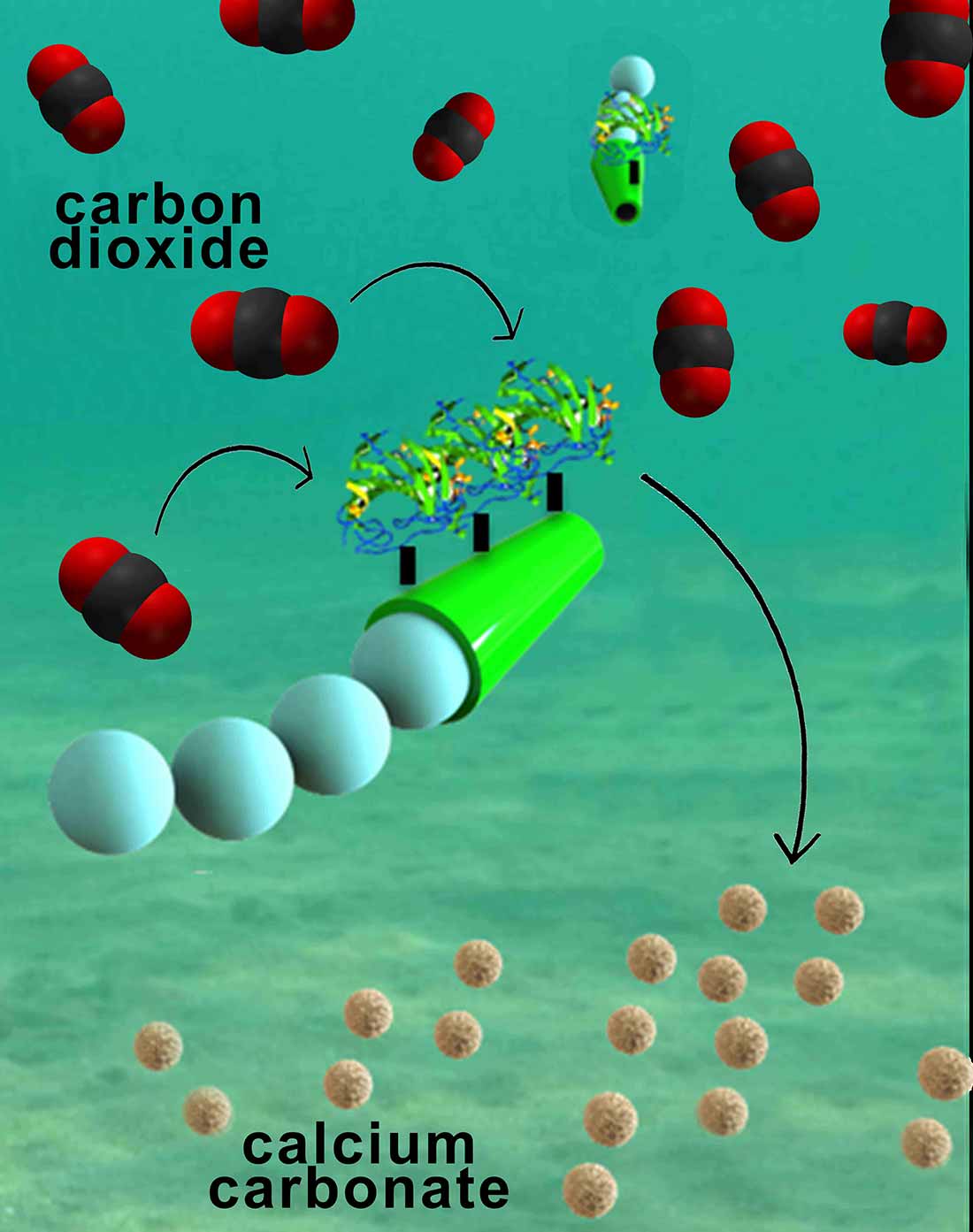A German team that’s been working with sperm to develop a biological motor has announced it may have an alternative treatment for infertility, according to a Jan. 13, 2016 news item on Nanowerk,
Sperm that don’t swim well [also known as low motility] rank high among the main causes of infertility. To give these cells a boost, women trying to conceive can turn to artificial insemination or other assisted reproduction techniques, but success can be elusive. In an attempt to improve these odds, scientists have developed motorized “spermbots” that can deliver poor swimmers — that are otherwise healthy — to an egg. …
A Jan. 13, 2016 American Chemical Society (ACS) news release (*also on EurekAlert*), which originated the news item, expands on the theme,
Artificial insemination is a relatively inexpensive and simple technique that involves introducing sperm to a woman’s uterus with a medical instrument. Overall, the success rate is on average under 30 percent, according to the Human Fertilisation & Embryology Authority of the United Kingdom. In vitro fertilization can be more effective, but it’s a complicated and expensive process. It requires removing eggs from a woman’s ovaries with a needle, fertilizing them outside the body and then transferring the embryos to her uterus or a surrogate’s a few days later. Each step comes with a risk for failure. Mariana Medina-Sánchez, Lukas Schwarz, Oliver G. Schmidt and colleagues from the Institute for Integrative Nanosciences at IFW Dresden in Germany wanted to see if they could come up with a better option than the existing methods.
Building on previous work on micromotors, the researchers constructed tiny metal helices just large enough to fit around the tail of a sperm. Their movements can be controlled by a rotating magnetic field. Lab testing showed that the motors can be directed to slip around a sperm cell, drive it to an egg for potential fertilization and then release it. The researchers say that although much more work needs to be done before their technique can reach clinical testing, the success of their initial demonstration is a promising start.
For those who prefer to watch their news, there’s this,
This team got a flurry of interest in 2014 when they first announced their research on using sperm as a biological motor. Tracy Staedter in a Jan. 15, 2014 article for Discovery.com describes their then results,
To create these tiny robots, the scientists first had to catch a few. First, they designed microtubes, which are essentially thin sheets of titanium and iron — which have a magnetic property — rolled into conical tubes, with one end wider than the other. Next, they put the microtubes into a solution in a Petri dish and added bovine sperm cells, which are similar size to human sperm. When a live sperm entered the wider end of the tube, it became trapped down near the narrow end. The scientists also closed the wider end, so the sperm wouldn’t swim out. And because sperm are so determined, the trapped cell pushed against the tube, moving it forward.
Next, the scientists used a magnetic field to guide the tube in the direction they wanted it to go, relying on the sperm for the propulsion.
…
The quick swimming spermbots could use controlled from outside a person body to deliver payloads of drugs and even sperm itself to parts of the body where its needed, whether that’s a cancer tumor or an egg.
This work isn’t nanotechnology per se but it has been published in ACS Nano Letters. Here’s a link to and a citation for the paper,
Cellular Cargo Delivery: Toward Assisted Fertilization by Sperm-Carrying Micromotors by Mariana Medina-Sánchez, Lukas Schwarz, Anne K. Meyer, Franziska Hebenstreit, and Oliver G. Schmidt. Nano Lett., 2016, 16 (1), pp 555–561 DOI: 10.1021/acs.nanolett.5b04221 Publication Date (Web): December 21, 2015
Copyright © 2015 American Chemical Society
This paper is behind a paywall.
*'(also on EurekAlert)’ text and link added Jan. 14, 2016.
